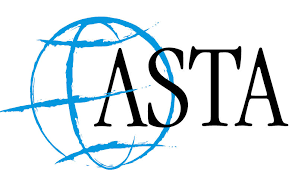Phongsaly Overview
Most visitors of Phongsaly Province get a feeling of “no longer being in Laos, not yet having reached China”. History tells fascinating stories, though much of it still lies in darkness. Between China and Laos the territory of north-western Phongsaly and southern Yunnan once was the independent Tai Lue kingdom of Sipsongpanna. In 1895 the French colonialists drew new boundaries along the watersheds of the Nam Ou river, claiming Sipsongpanna’s eastern part to Phongsaly incorporating it into French Indochina. Its bigger part went into Yunnan Province, China.
Unlike many other cities in Laos, Phongsaly Town has not been destroyed in the American war. It features a remaining old quarter with Yunnanese wooden architecture, now rare to find in Yunnan itself. Most of the people living here belong to the Hor ethnic group, speaking Chinese. Until the 1970s there had been a Chinese consulate in Phongsaly Town, which is now the “Phou Fa Hotel”. In the “Museum of Ethnic Groups in Phongsaly Province” you can admire the various local textiles, artifacts and handicrafts. The town itself is surrounded by rolling hills and is built into the side of Phou Fa Mountain (1,625 meters). The 45 minute hike up to its stupa on top offers spectacular views of the town from above and the mountains in the far distance. Although a bit off the main tourist circuit, visitors can spend plenty of time in Phongsaly Province trekking to remote villages around the province, Boun Neua, Muang Khua at the Nam Ou River and in Boun Tai District’s “Nam Lan Conservation Area”. In the northern most district of the country, Gnot Ou, visit Wat Luang, a magnificent Tai Lue style Buddhist monastery dating back to 1445 AD. In the future “Phou Den Din National Protected Area” along the border with Vietnam will be opened for boat trips. Wild animals like monkeys, elephants and tigers still claim it their territory!
 France
France  Vietnamese
Vietnamese







